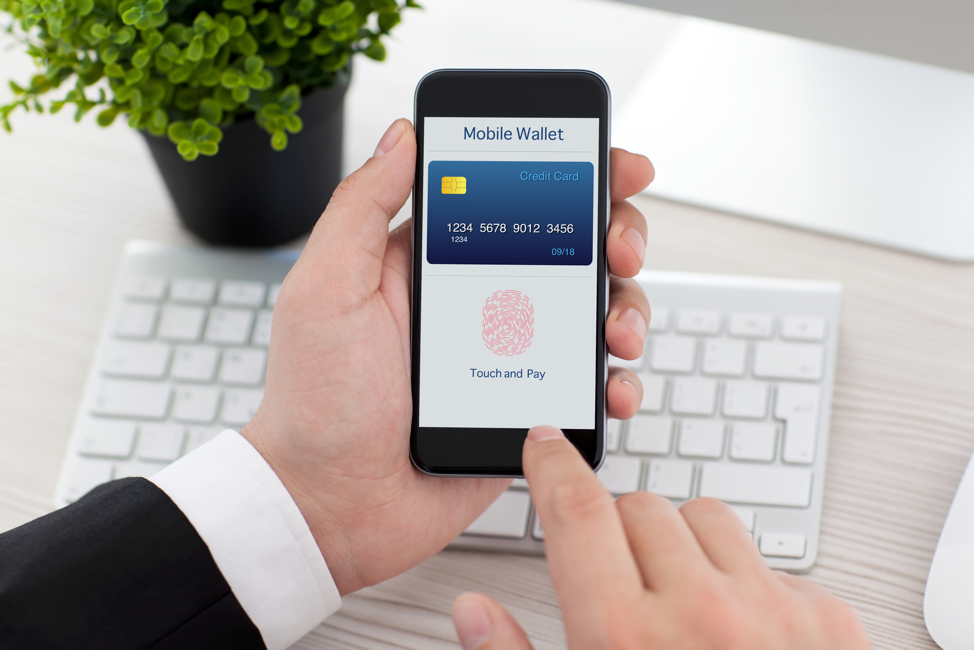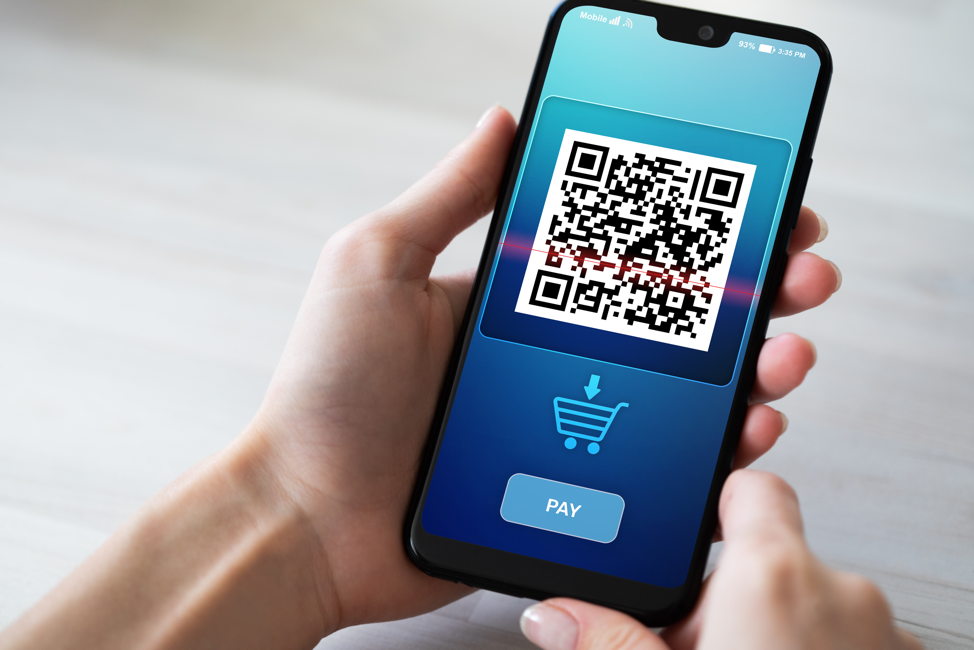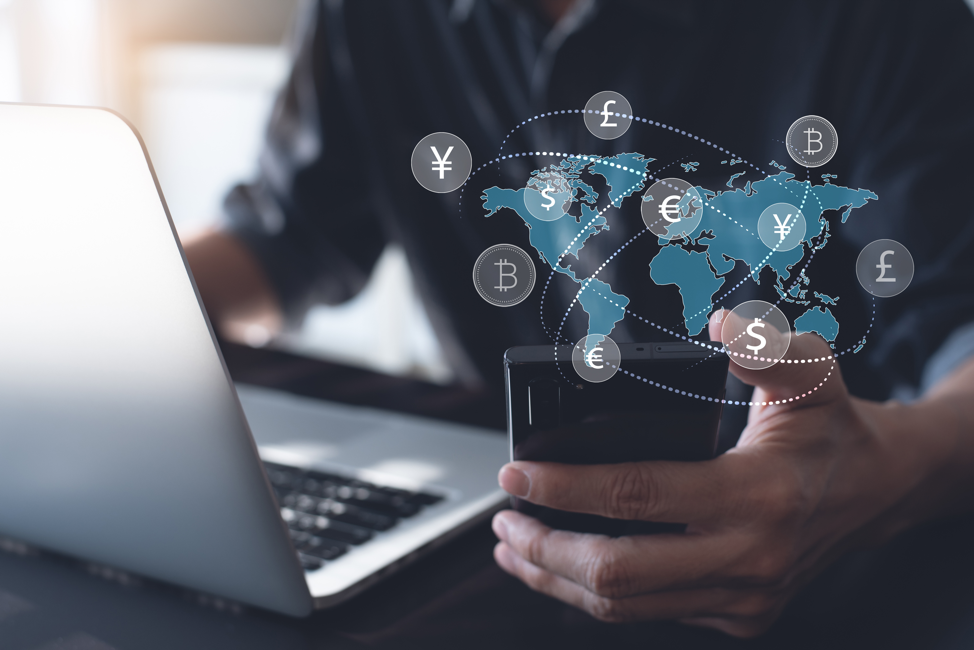
Asia’s economic growth over the past few decades has been nothing short of remarkable. The International Monetary Fund predicts that the Asia-Pacific region’s gross domestic product (GDP) will expand at a rate of 4.6% in 2023, following a 3.8% growth in 2022. A significant trend in Asia’s economic ascent has been the surge of e-commerce, which transformed the way people shop, pay, and conduct business transactions. In fact, the total online retail sales in the region have reached $2.8 trillion in 2022, with an estimated growth rate of 22% annually. This exponential growth can be attributed to factors such as improved internet penetration, increased smartphone usage, and the growing middle-class population across many Asian countries.
Since the rapidly evolving digital landscape allows for a variety of payment methods, it is even more crucial for individuals to inform themselves about the different payment options available and to seek retailers that accommodate their preferred method of payment. It is actually the first consideration players should make before venturing onto their online gambling journey. With many operators offering instant play casino bonuses verified by NoDeposit.Guide this should be the first priority before registering with any provider. Why? Because what good is a bonus if you’re not able to eventually withdraw your winnings?
This article explores the features and benefits of the most popular payment methods in Asia, examining the emerging trends in the continent, so that businesses and consumers can stay ahead of the curve in an increasingly digital world.
Contents
1. Mobile Wallets

Mobile wallets are widely used across Asia, allowing users to make payments using their smartphones. These wallets are typically linked to bank accounts or cards and enable users to make online and offline transactions. They often provide features such as money transfers, bill payments, and digital wallet services.
Interestingly, Southeast Asia was identified as the fastest-growing mobile wallet region in the world, and it is estimated that the number of active wallets in the region would reach 439.7 million by 2025.
2. Online Banking Transfers

With many Asian countries having well-developed online banking systems, Asians tend to opt for this payment method which allows them to directly transfer funds from their bank accounts to pay for goods and services. This method is commonly used for e-commerce transactions and online bill payments and is sought after mainly due to its convenience, security, and affordability. Furthermore, online banking transfers are widely accepted by e-commerce platforms and online merchants in Asia, offering a seamless and familiar experience for users.
3. QR Code Payments

Quick Response (QR) code payments have also gained significant popularity in Asia. Users can scan QR codes displayed at merchants’ locations using their smartphones and authorize the payment through a mobile app. Notably, QR codes account for over 90% of China’s mobile payments.
The popularity of QR codes in China can be attributed to three main factors. Firstly, the widespread use of smartphones in the country provides a convenient platform for QR payments. Secondly, this payment method is cost-effective for both businesses and consumers, eliminating the need for expensive infrastructure. Additionally, China’s supportive regulatory environment has further fueled the popularity of this payment method among users.
4. Prepaid Cards

Prepaid cards are popular payment options in Asia. These cards can be loaded with a specific amount of money and used for both online and offline purchases. Prepaid cards are often convenient for individuals who do not have a bank account or prefer not to use traditional banking methods, thus promoting financial inclusion.
This payment method has gained so much traction in Asia due to the convenience, flexibility, and security it offers. In particular, prepaid cards are useful in gifting and remittances, serving as a practical and convenient way to send money to family and friends, particularly for those residing in different regions or countries.
5. Bank Transfers

Bank transfers, also known as wire transfers, are widely used for various types of transactions in Asia. Users can transfer funds from their bank accounts to other individuals or businesses. This method is commonly used for large transactions or regular payments, such as rent or utility bills.
The popularity of wire transfers in Asia can be attributed to their utility in international trade, remittances, and investment activities across borders. Furthermore, this is a very secure payment method and, given the quick processing time involved, it is also ideal for urgent transactions.
6. Contactless Payments

Contactless payments, enabled through Near Field Communication (NFC) technology, is another popular payment method in Asia, largely due to the convenience and efficiency they offer. By simply tapping their contactless-enabled cards or smartphones on payment terminals users can pay for goods and services, which also makes this payment method a hygienic one.
Asia’s high smartphone penetration has provided a favorable environment for contactless payments, with many mobile wallets and payment apps offering this functionality. Besides, Asian governments actively support the adoption of contactless payments through policies, infrastructure investments, and incentives further encouraging the use of this payment method.
Final Thoughts
In conclusion, payment methods have undergone a remarkable transformation in recent years, keeping up with technological advancements and changing consumer preferences. As Asia embraces a variety of popular payment methods, it is getting better at catering to the diverse needs of its vast population.
From the rising popularity of QR payments fueled by smartphone ubiquity to the convenience of online banking transfers and the flexibility of prepaid cards, the continent has witnessed a shift towards digital and innovative payment solutions, an evolution that will play a vital role in shaping the future of commerce and financial inclusion, offering even more convenient, secure, and efficient payment options for individuals and businesses alike.












![Index of Money Heist [Season 1, 2, 3 & 4 – All Episodes, Cast and Plot] Index of Money Heist](https://www.asiamediajournal.com/wp-content/uploads/2021/05/Index-of-Money-Heist-3-100x70.jpg)